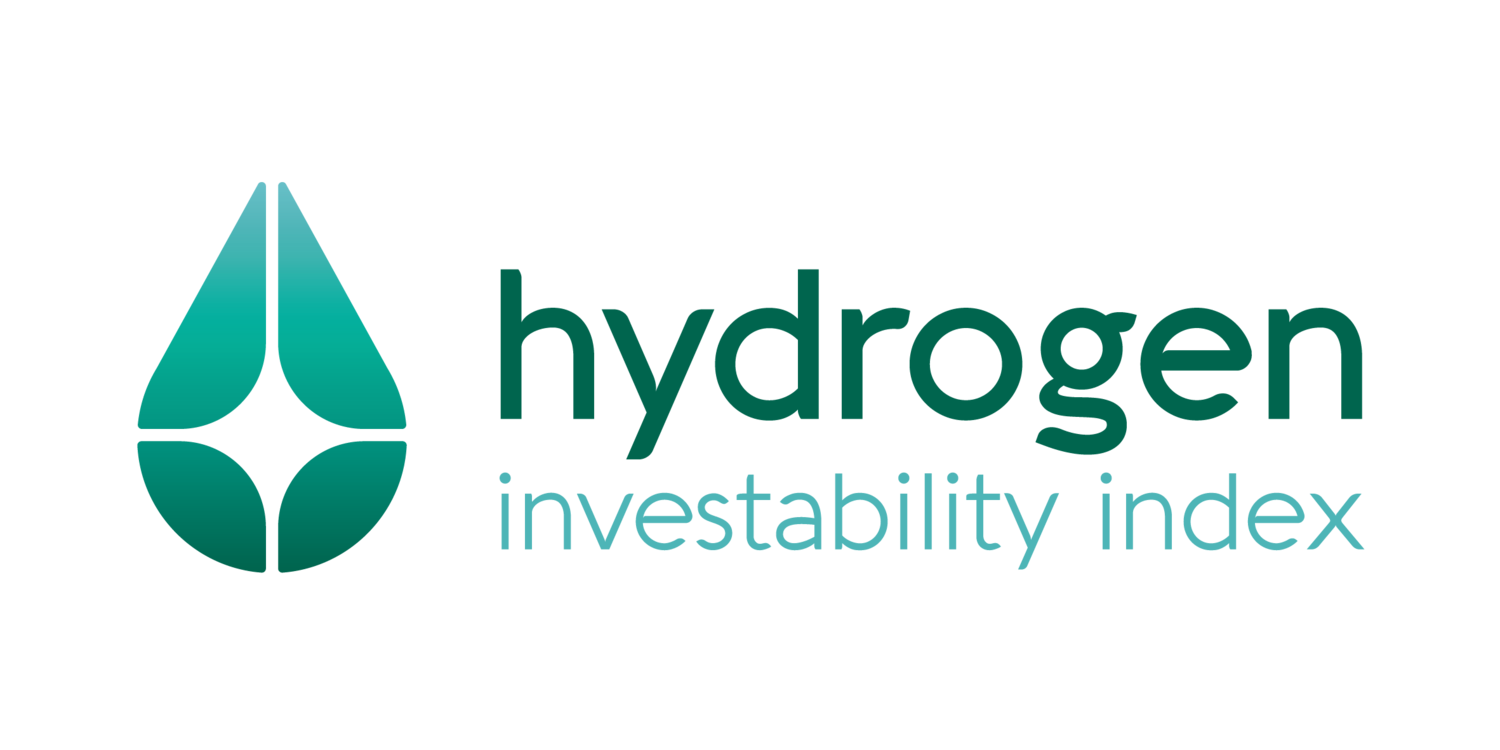Introduction to Methodology
Investability to us is a combination of having attractive returns, acceptable project risks, and sufficient opportunities. An emerging product like clean hydrogen has few or no banked precedents and is at the precipice of massive scale-up that precipitates tumbling capex costs. The highest ranked country would as such need to have a market environment under which a hydrogen project invested in today remains economically viable in the long term, or a regulatory regime that compensates for any deal-breaking commercial risks. A country may commit to provide such a supportive regulatory regime to uphold decarbonisation commitments; or, if country is a significant net energy importer, to become more energy independent. Access to cheap renewable resource and proximity to end consumers are both levers to lowering the overall delivered cost of hydrogen. For as long as transportation of clean hydrogen or its vectors remain a technological or economic challenge, countries with poorer renewable resource may find it cheaper to produce locally than to import. As the share of transportation costs in the overall delivered hydrogen cost fall, countries with lower production costs will increasingly come to dominate global production volumes. We thus approached the scoring matrix by looking at the key pillars of:
